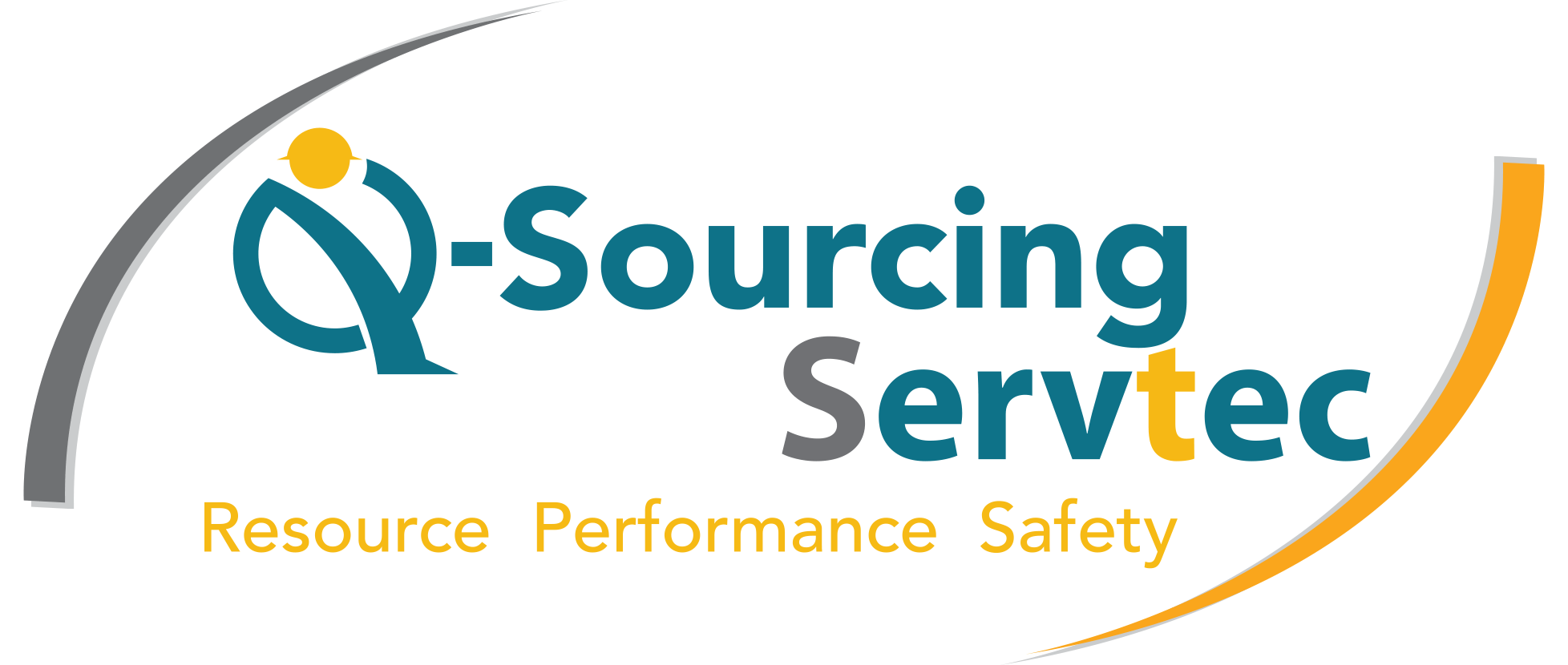For too long, Environment, Health, and Safety (EHS) in the manufacturing and factory sector has focused predominantly on tangible, physical hazards: machine guarding, chemical exposure, and slip-and-fall prevention. While these remain critical, a silent, equally dangerous threat is often overlooked: psychological risk.
Mental health is not a separate wellness initiative; it is an integral component of occupational safety. For factory workers, the unique combination of repetitive tasks, high production pressure, shift work, and noise can create a toxic environment for mental well-being. EHS professionals must expand their scope to manage these psychological hazards with the same rigor they apply to physical hazards.
The Unseen Hazard: Psychosocial Risks in the Factory
In the EHS world, hazards that impact mental health are known as psycho-social risks. In a factory setting, these risks directly contribute to physical safety incidents.
Consider the reality of the factory floor: Strict production quotas with no input on workflow can create high demands and low control, forcing workers to rush procedures or skip safety steps. Rotating night and day shifts, coupled with mandatory overtime, leads to chronic fatigue, which impairs judgment and slows reaction time—a disaster when operating heavy machinery. Authoritarian supervision or social isolation on the line fosters stress and anxiety, making workers reluctant to report near-misses or hazards.
The connection is clear: a distressed worker is a distracted worker, and a distracted worker is an unsafe worker. Integrating mental health into EHS is a moral duty and an economic imperative to reduce incidents, absenteeism, and staff turnover.
The EHS Blueprint: Managing Mental Health as a Safety Hazard
To effectively manage psychological risk, EHS teams must apply the same systematic approach used for traditional safety hazards: Identify, Assess, Control, and Review.
1. Identify and Assess Psycho-social Hazards
Start by expanding your safety toolkit. This means conducting anonymous surveys that specifically target work-related stress, workload, communication, and management support as an official part of the annual EHS assessment. Critically, you must look beyond the immediate cause of physical accidents. Investigate if fatigue, distraction, or excessive pressure were contributing factors to a near-miss or injury. Just as you engineer out a physical hazard, you must aim to eliminate or substitute psychological hazards from the design of work.
2. Implement Organizational Controls
The most effective controls target the work environment (Organizational Health), not just the individual (Worker Wellness).
- Job Redesign: Where possible, implement systems that minimize disruptive shift rotation patterns and enforce strict overtime policies to combat fatigue. Look for ways to increase worker autonomy—even small changes, like control over the pacing or sequence of non-critical tasks, can significantly reduce stress. Job rotation is also a powerful tool to break up repetitive strain and mental monotony.
- Mandatory Break Culture: Go beyond simply allowing breaks; actively enforce and encourage workers to take their full breaks away from the production line. This is a vital administrative control for managing fatigue risk.
3. Training and Support
While organisational controls are primary, individual support acts as the final line of defense, similar to Personal Protective Equipment (PPE).
- Supervisor Literacy: Train supervisors to recognize the signs of distress (e.g., increased errors, withdrawal, irritability) and know how to compassionately refer a worker to support services without acting as a counselor.
- Mental Health First Aid (MHFA): Train key workers and leaders across the floor in MHFA to provide immediate, supportive help until professional assistance is available.
- Accessible EAP: Ensure the Employee Assistance Program (EAP) is promoted frequently, confidentiality is guaranteed, and resources are accessible via non-work channels (like a personal phone or website), eliminating any workplace stigma.
Making Mental Health a Safety Metric
Mental well-being should be treated as a measurable safety metric, just like your Total Recordable Incident Rate (TRIR).
Instead of solely tracking lost time due to physical injury, start tracking leading indicators of psychological health, such as: fatigue-related errors, absenteeism and staff turnover rates, EAP utilisation, and results from anonymous stress scorecards.
By proactively managing psycho-social hazards, EHS leaders in the factory sector can create a truly safe workplace—one that protects both the body and the mind of its most valuable asset: the worker.

